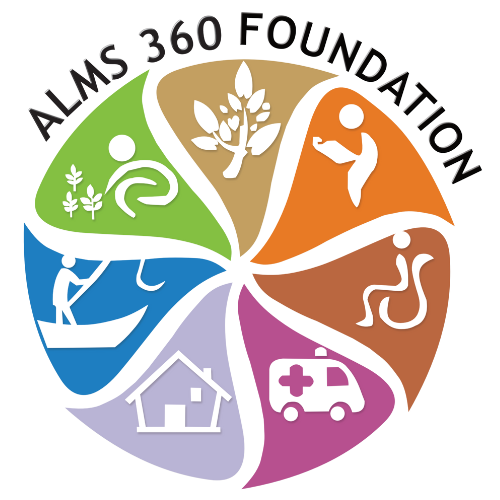Modelling trajectory in general, and vessel trajectory in particular, is a difficult . Trajectory forecasting is the task of predicting future objects (or people's) motion given past trajectories. Motion prediction is an extremely challenging task which recently gained significant attention of the research community. For the next POI prediction task, ST-RNN . We benchmark two instances of our approach, Trajformer-12 and Trajformer-24, with respectively 12 and 24 layers in the transformer encoder. AgentFormer: Agent-Aware Transformers for Socio-Temporal Multi-Agent Forecasting. PDF Multimodal Motion Prediction with Stacked Transformers Authors: Golnaz Habibi, Nikita Jaipuria, Jonathan P. How Description: The prediction of pedestrian motion is challenging, especially in crowded roads and int. Keywords: trajectory prediction, motion forecasting, transformers, latent variable models; Abstract: Robust multi-agent trajectory prediction is essential for the safe control of robotic systems. Our proposed Transformers predict the trajectories of the individual people in the scene. Transformer based trajectory prediction | DeepAI Spatio-Temporal Graph Transformer Networks for Pedestrian Trajectory ... Taghavi et al. Our paper also learns a latent space EBM as the prior model but builds the EBM on top of a vision transformer generator for image-conditioned saliency map prediction. A novel deep learning architecture that can forecast vessel positions using AIS (Automatic Identification System) observations by addressing the multimodality by introducing a discrete representation of AIS data and re-frame the prediction, which is originally a regression problem, as a classification problem. To this end, we propose a new Transformer, termed AgentFormer, that simultaneously models the time and social dimensions. Transformer structure [66] has achieved remarkable per-formance in Natural Language Processing field [12]. In practice, the prediction of aircraft trajectories needs to consider the impact of various sources, such as environmental conditions, pilot/controller behaviors, and potential conflicts with nearby aircraft. Trajectory Prediction is the problem of predicting the short-term (1-3 seconds) and long-term (3-5 seconds) spatial coordinates of various road-agents such as cars, buses, pedestrians, rickshaws, and animals, etc. Our model has three components: a Transformer-based module for taking the pedestrians' historical trajectory as input, we call it the encoder part, a Social-Attention-based module for capturing the spatial correlations of interactions, and a Transformer-based module for output the predicted trajectory of every pedestrian, which is a decoder part.
